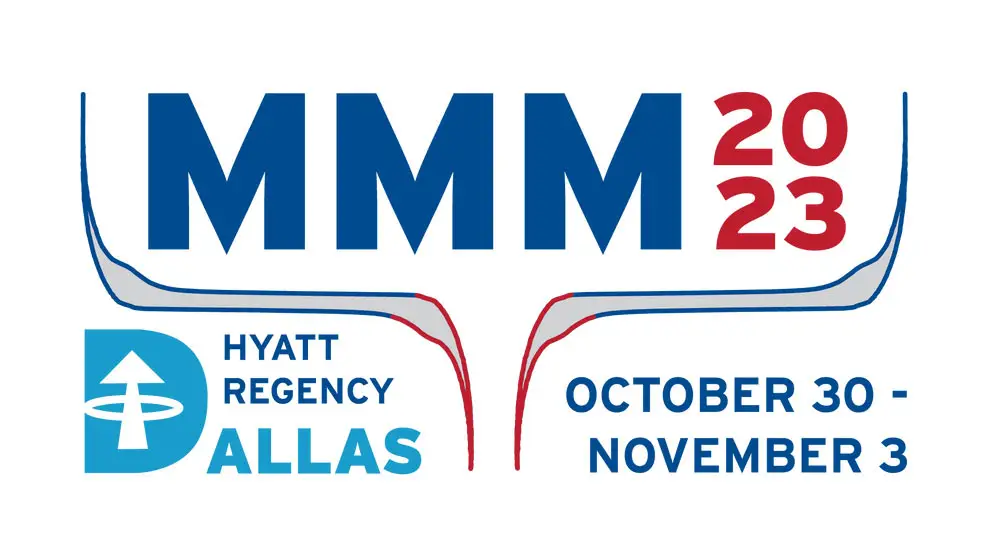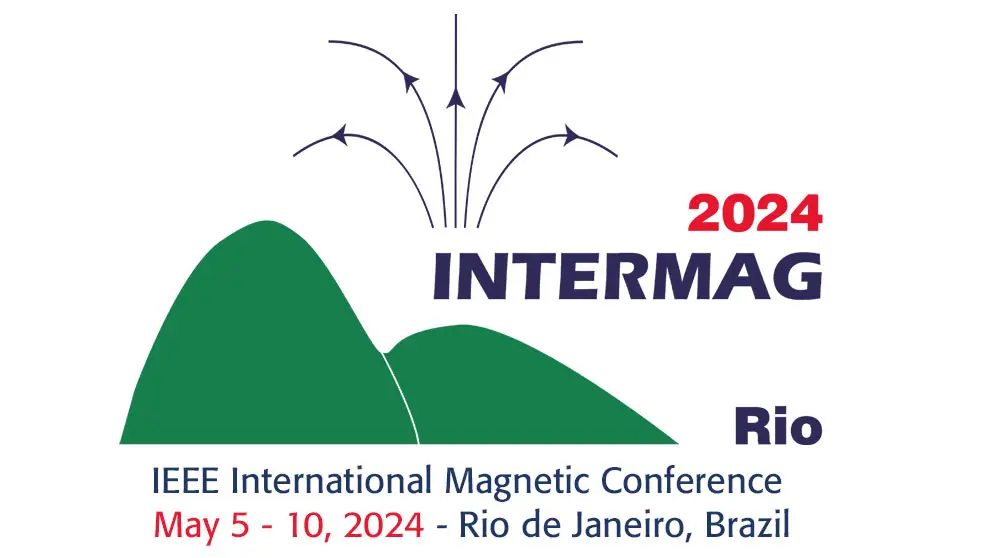CF-10: Glassy Magnetism in Bilayer Co/Gd metallic ferrimagnets
Leopoldo A Hernandez, Ryan Greening, Mike Roos, Xin Fan, Barry L Zink
Oral
04 Nov 2023
Metallic ferrimagnets, where two antiferromagnetically coupled subsystems are not fully compensated, are a growing area of interest in spintronics and related fields [1]. This interest encompasses diverse applications, from skyrmion memories, to all-optical switching, to ionic gating that changes the magnetization compensation temperature [2,3,4]. While use of metallic alloys combining rare earth and transition metal components is a fairly common route to creating these films, some recent work employs bilayers, often grown in heterostructures with heavy metal components to introduce perpendicular magnetic anisotropy [5]. In this talk we present SQUID magnetometry, with supporting anomalous Hall effect measurements, on Ta/Pt/Co/Gd/Pt thin-film heterostructures, which show clear features of glassy magnetism [6]. As shown in Fig. 1, splitting between magnetization vs. temperature measured in field cooled (FC) and zero-field cooled (ZFC) states appears below approximately 30 K, where the M vs. H loop also clearly indicates a mixed anisotropy. For low cooling fields a large, reversed splitting between FC and ZFC remains until much higher temperatures, finally collapsing well above the temperature where the total film magnetization is zero. These two temperatures, as shown in Fig. 2, likely indicate the magnetization and angular momentum compensation points in this Co/Gd metallic ferrimagnet [7, 8]. The source of the frustration driving the emergence of this glassy phase in the nominal absence of random alloy disorder is not yet clear, but could have impact on applications based on these metallic ferrimagnets.References: [1] J. Finley and Luqiao Liu, Appl. Phys. Lett. 116, 110 50 1 (2020) [2] J. Brandao, D. A. Dugato, M.V. Puydinger dos Santos, J. C. Cezar, ACS Appl, Nano Mater. 2019, 2, 7532-7539 [3] X. Ren, L. Liu, B. Cui, B. Cheng, W. Liu, T. An, R. Chu, M. Zhang, T. Miao, X. Zhao, G. Zhou, J. Hu, Nano Lett. 2023, XXXX, XXX, XXX-XXX [4] M. Binder, A. Weber, O. Mosendz, G. Woltersdorf, M. Izquierdo, I. Neudecker, J.R. Dahn, T. D. Hatchard, J. U. Thiele, C. H. Back, M. R. Scheinfein, Phys. Rev. B 74, 134404 (2006) [5] R. Bläsing, T. Ma, SH. Yang, C. Garg, F. K. Dejene, A. T. N’Diaye, G. Chen, K. Liu, S. S. P. Parkin, Nat Commun 9, 4984 (2018). [6] V. Tsurkan, M. Baran, R. Szymczak, H. Szymczak, R. Tidecks, Physica B 296 (2001) 301-305. [7] J. Barker, U. Atxitia, J. Phys. Soc. Jpn. 90, 081001 (2021) [8] L. Hernandez, R. Greening, X. Fan, B. L. Zink, “Glassy magnetism in bilayer Co/Gd metallic ferrimagnets” In preparation


